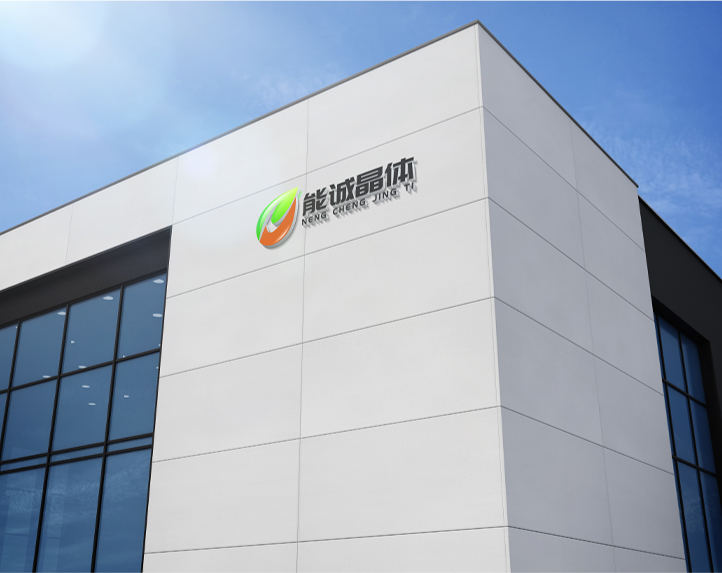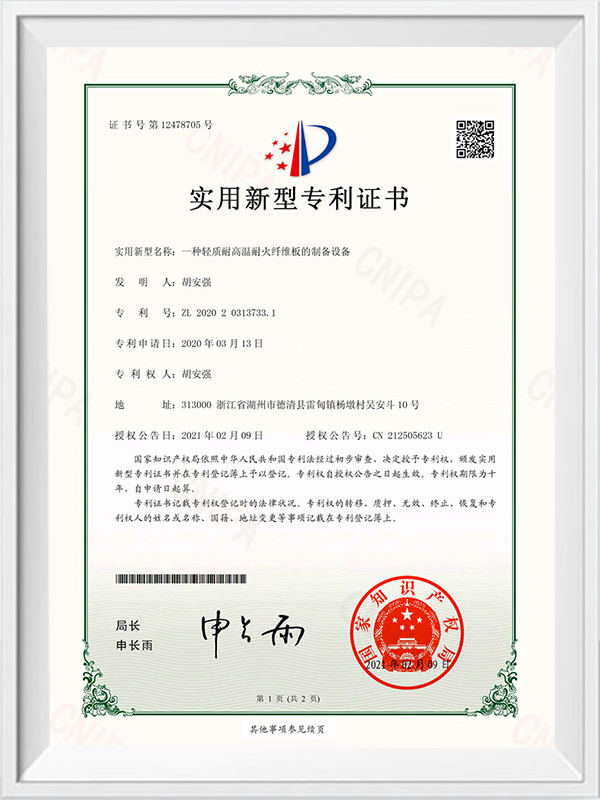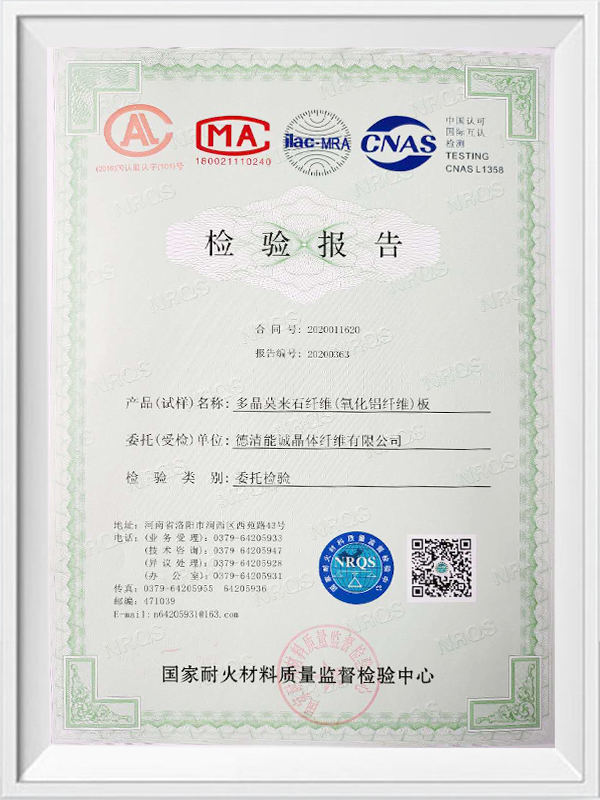
1700°C Lifting Furnace
This lifting furnace system is used for heat treatment experiments in air at temperatures up to 1700°C, as well as for nanomaterial preparation and ceramic sintering. The furnace chamber is constructed of alumina polycrystalline fiber imported from Japan, with a circular chamber and silicon-molybdenum rods distributed around the perimeter. The furnace temperature is uniformly maintained within ±3°C, making it ideal for sintering non-metallic materials with demanding temperature profiles. A precision lead screw provides linear, electric lift, ensuring smooth and vibration-free movement of the furnace bottom. A servo motor provides adjustable lifting speed. A large-screen PID temperature controller displays temperature curves.
| Furnace size | Volume | Thermocouple | Heating element | Voltage |
| 200*150*150 | 4.5L | 4.5L | Silicon molybdenum rod | 220V |
| 200*200*200 | 8L | 8L | Silicon molybdenum rod | 220V |
| 300*300*300 | 27L | 27L | Silicon molybdenum rod | 380V |
| 400*400*450 | 72L | 72L | Silicon molybdenum rod | 380V |
| 600*600*650 | 200L | 200L | Silicon molybdenum rod | 380V |
| 1200*480*550 | 320L | 320L | Silicon molybdenum rod | 380V |
| 1200*600*600 | 430L | 430L | Silicon molybdenum rod | 380V |


-
Overview: scope and practical intent This article explains the practical factors that determine the energy efficiency of Industrial heating elements operating continuously. It focuses on measurable variables (watt density, sheath material, thermal coupling), control and system integration, common sources of energy loss, and maintenance or design choices that improve long-run efficiency for furnaces, ovens, dryers, immersion heaters and inline process heaters. Element type, geometry and surface l...





 English
English Español
Español عربى
عربى




